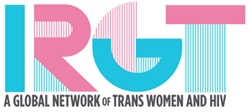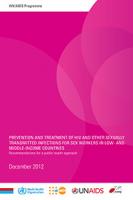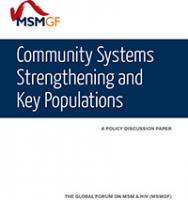
The objective of this document is to provide technical recommendations on effective interventions for the prevention and treatment of HIV and other STIs among sex workers and their clients. The guidelines are designed for use by national public health officials and managers of HIV/AIDS and STI programmes, nongovernmental organizations including community and civil society organizations, and health workers. Regions and countries are encouraged to adapt these guidelines to support acceptable services for sex workers taking into account the epidemiological and social context. These guidelines may also be of interest to international funding agencies, the scientific media, health policy-makers and advocates.





